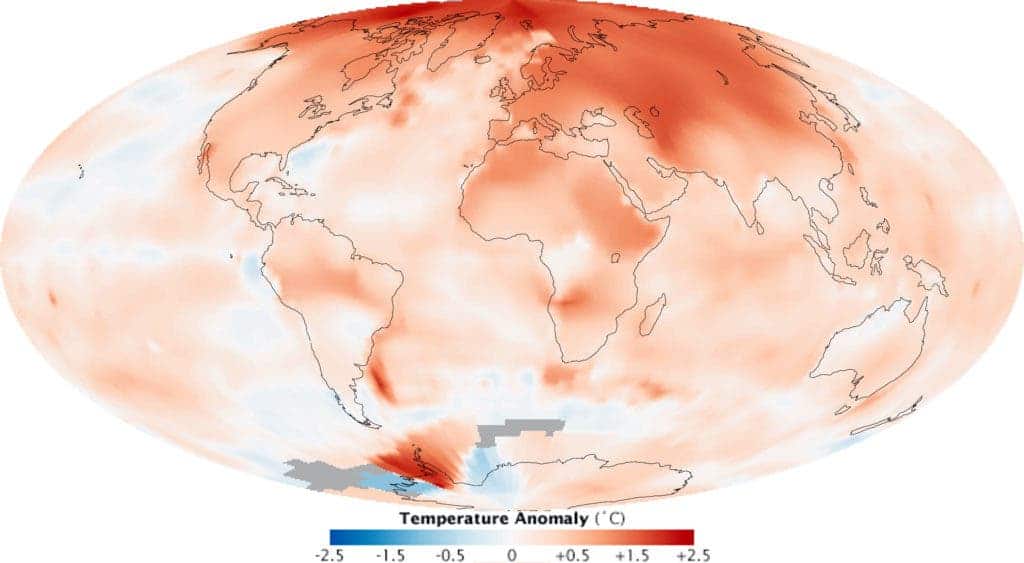So far, president’s Trump administration promises to spell disaster for the environment. A group of 2,344 professors from the universities in California have signed an open letter, urging the president not to back off from the Paris Climate Agreement. The letter emphasizes the consensus on man-made climate change and the need for action:
“With this letter, we aim to express the degree to which the scientists and intellectual leaders of our state, speaking for themselves and not on behalf of their respective employers, agree on the facts of climate change,” the letter says. “Despite misleading portrayals, there is widespread consensus in the scientific and academic communities that human-caused climate change is real, with consequences that are already being felt. The science of how greenhouse gases trap heat is unimpeachable. Climate records are being broken as human-caused changes add onto natural oscillations (e.g., El Niño) in the climate system. Fossil records from pre-human times show much higher sea levels and a reorganization of vegetation patterns when greenhouse gases were higher and Earth’s climate was much warmer than today. Increasing levels of greenhouse gases in our atmosphere set in motion regional variations in weather, weather extremes, the loss of major ice sheets, and declining biodiversity that has been associated with mass extinctions in Earth’s past.”

The letter was drafted by Aaron Parsons, an associate professor of astronomy at the University of California, Berkeley. Unfortunately, however, there is little chance of this letter actually making a difference. He’s already resumed work on the controversial Keystone XL, issued a media blackout at the EPA, and overall, seems prepared to take the US back a few good decades in terms of the environment.
“Environmentalism is the biggest threat”
Trump, who has called climate change a “hoax” and “bullshit,” has packed his administration with climate-change deniers. Recently, one of his main advisers, Myron Ebell, has called the environmental movement “the greatest threat to freedom and prosperity in the modern world.” He wants to cut the EPA’s employees by two thirds and has deemed climate scientists “full of arrogance or hubris.”

Ironically, Trump’s pick for secretary of state, the former ExxonMobil boss Rex Tillerson, was the one to contradict the administration regarding the Paris agreement. Tillerson believes the US should keep “its seat at the table.” But Ebell, who is also a director at a fossil-fuel funded think tank, believes Tillerson won’t win this fight.
“Who is going to win that debate? I don’t know but the president was elected and Tillerson was appointed by the president, so would guess the president will be the odds-on favorite,” said Ebell. “The people who elected him don’t want a seat at the table.”
Can we just step back for a moment and realize that the US wants to go against what the entire scientific world is saying, against what economists are saying, and the best chance of the country remaining in global climate negotiations lies in the hands of the former Exxon CEO? It’s hard to understand how it came to this.






